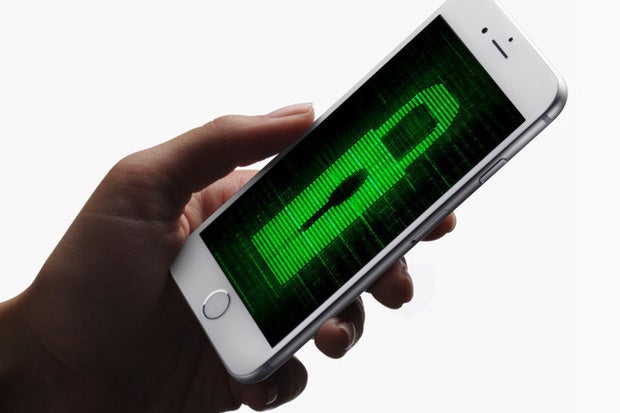Here’s an increasingly common scenario: You’re on a business trip, either entering a foreign country or returning home. As you go through customs, a border-control agent asks you to turn on and hand over your iPhone, then starts poking around, looking at your text messages, call logs and apps. The agent then asks you to wake your MacBook, log into your social media accounts and open your email. After the agent reads your tweets and posts for a few minutes, your phone and laptop are taken “for further inspection” — and returned some time later.
Alternatively, the equivalent of the Transportation Security Administration (TSA) in a foreign country declares that all laptops on international flights must be put in checked baggage — a scenario only narrowly averted a few weeks ago. Your company laptop is properly checked in, but when you arrive at your destination, you discover that not only has your bag been searched, but your laptop appears to have been opened and powered on.
To read this article in full or to leave a comment, please click here

 The late 70s/early 80s American television show Three’s Company was one of my favorite shows growing up. The central theme of the show revolved around the lives of three roommates. Each episode usually involved a misunderstanding, then chaos would ensue. In the end, everything would turn out okay. Unfortunately, this week’s episode of “ransomware in…
The late 70s/early 80s American television show Three’s Company was one of my favorite shows growing up. The central theme of the show revolved around the lives of three roommates. Each episode usually involved a misunderstanding, then chaos would ensue. In the end, everything would turn out okay. Unfortunately, this week’s episode of “ransomware in…

